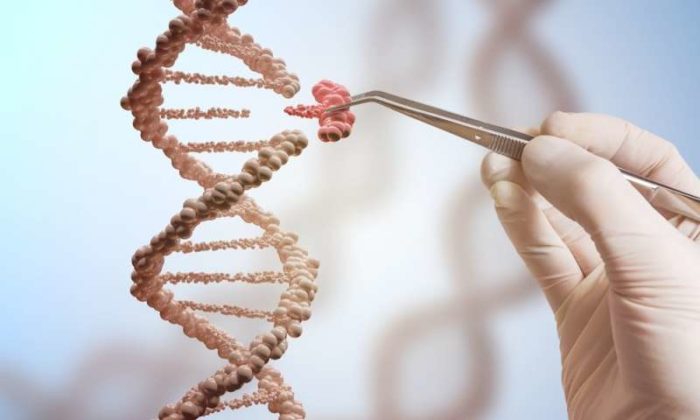Jul 01 2021
In Vivo CRISPR
 I know I just wrote about CRISPR, the powerful gene-editing tool that can make targeted specific alterations to genes, but there is another CRISPR news item I wanted to write about. A recent study published in the NEJM reports the results of a treatment trial using a CRISPR-Cas9 treatment injected into the blood. This is an important proof of concept with implications for the clinical impact of CRISPR.
I know I just wrote about CRISPR, the powerful gene-editing tool that can make targeted specific alterations to genes, but there is another CRISPR news item I wanted to write about. A recent study published in the NEJM reports the results of a treatment trial using a CRISPR-Cas9 treatment injected into the blood. This is an important proof of concept with implications for the clinical impact of CRISPR.
The study itself involved a rare genetic disease called Transthyretin amyloidosis, also called ATTR amyloidosis, which results from the creation of a misfolded protein that causes damage primarily to nerves and heart tissue. From a genetics point of view, this is conceptually straightforward – turn off the gene making the toxic protein and that should fix the problem. CRISPR is really good at that – it can target the specific gene and then makes cuts in that gene to permanently disable it.
While CRISPR technology is extremely powerful, perhaps the bigger challenge is getting the CRISPR-Cas9 into the desired cells. It is easy to do this in vitro (outside the body in a test tube or dish) but harder to get the CRISPR to the correct cells in a living organism. For this we have been relying primarily on viral vectors, viruses which infect cells, delivering the CRISPR.
This new study, however, simply injects the CRISPR encased in nanoparticles into the blood stream. The nanoparticles are designed to be absorbed by the liver where they release their armies of CRISPR. The study is a phase I clinical trial, so only involved 6 patients, but the results are very promising. First the treatment appears to be safe, with only a few minor adverse effects. Also, the treatment works, and demonstrates a dose effect. At 0.1 mg / kg the subjects had a 52% decrease in the amount of circulating protein in their blood. At 0.3 mg/kg the reduction was 87%. The reduction also appears to be durable, lasting at least 28 days.
If this treatment pans out with later resea0rch, then this could effectively be a cure for this rare disease (although it would not prevent the disease from being passed to children). Perhaps more important, however, is that if this approach works then many more diseases could be potentially targeted, with nothing more than an injection.
The potential here is tremendous. I don’t suspect this approach will replace the use of viral vectors, but rather supplement it. Different vectors have different strengths and weaknesses that are better suited to different payloads. I may be wrong, however – if the nanoparticle technology takes off it may eventually render viral vectors obsolete.
Either way – the goal is to be able to safely and precisely target specific cell populations in a living person, whether adult or child. Then we can deliver specific CRISPR packages to make the desired alterations to genes. With CRISPR we have the ability to disable genes, temporarily turn them on or off, increase the transcription of genes, or modify them by inserting new genetic instructions. The low-hanging fruit is to simply disable faulty genes that are causing problems, as with ATTR.
Making germ-line changes are more tricky, and more risky. These would not only change the cells in the treated person, but change the genetics of their sperm or eggs that will be passed on to any offspring. Right now the easiest way (currently only way) to do this is in vitro as part of IVF – you treat the egg or sperm before fertilization. It could be theoretically possible, however, to treat germ line cells in the body, preventing a genetic disease from passing on.
The difficulty with this approach is that any off-target alterations would also be passed on. When treating somatic cells in an adult, occasional off-target effects are likely no big deal, as long as they are rare enough. But if an egg or sperm that has an off-target genetic alteration partakes in fertilization, then the entire resulting organism will have the mutation. The other challenge is in targeting enough of the cells. Making the desired change to half of the sperm producing cells will decrease the chance of passing along the genetic disease by half, but not completely. I don’t suspect germ-line treatments will be happening soon, but there is no reason why they won’t eventually be a possibility.
In the meantime this kind of treatment, using some vector to get CRISPR to target cells in a live patient after birth, is likely to take off. It takes time to do clinical trials, and so the translational research has a lot of catching up to do, so expect a steady stream of such clinical trials. Hopefully in 20 years we will look back at this time as the dawn of a new paradigm in medicine.






